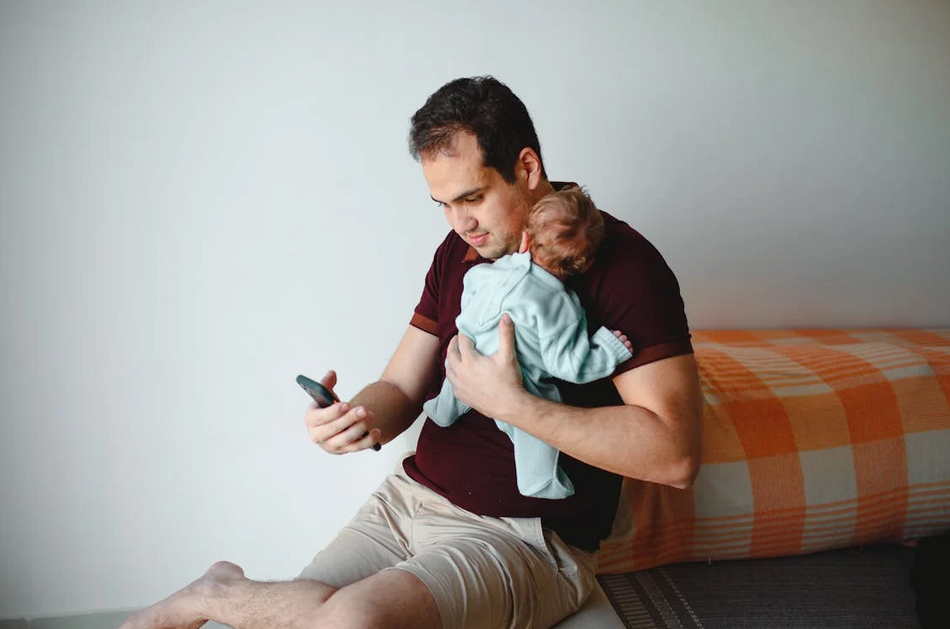SMS-based Interventions for Improving Child and Adolescent Vaccine Coverage and Timeliness: A Systematic Review

University of Sydney (Currie, Snelling); University of Western Australia (Currie, McLeod, Snelling); University of Cambridge (Waddington); Curtin University (Snelling); Menzies School of Health Research and Charles Darwin University (Snelling)
"Some SMS-based interventions appear effective for improving child vaccine coverage and timeliness in some settings."
Text messaging by short message service (SMS) via mobile (cellular) phones has been used to deliver reminders to promote health behaviours, including for vaccination. The SMS content may assist to target specific barriers to vaccination, such like poor awareness or acceptance. Compared to alternative strategies for improving vaccine coverage and timeliness, SMS-based strategies are instantaneous, convenient, scalable, and relatively low cost, and they have potential for automation. Mobile phone coverage is now extensive in both developed and developing settings across income levels, enabling broad access. The aim of this review was to investigate the impact of SMS-based interventions on childhood and adolescent vaccine coverage and timeliness.
A pre-defined search strategy was used to identify all relevant publications up until July 2022 from electronic databases. Reports of randomised trials written in English and involving children and adolescents less than 18 years old were included. Thirty randomised trials were identified, of which 11 were conducted in low- to middle-income countries (LMICs). Seventy percent (21/30) of the trials were deemed to be of fair to good quality.
The SMS-based interventions evaluated varied in several respects; some included educational content, some were combined with incentives, and some were delivered as recall rather than as pre-call reminders. The apparent effectiveness of these strategies varied across settings; for example, one of the more robust LMICs studies reported that SMS combined with airtime incentives were most effective for parents in Pakistan compared to SMS only and no reminder.
In terms of effect of SMS-based interventions on vaccine coverage, select findings include:
- Eight of the trials conducted in LMICs reported higher vaccine coverage among children of parents who received SMS-based reminders compared to non-SMS interventions or routine care. Two of the trials found evidence of a small effect when SMS-based reminders were combined with a monetary incentive or phone credit incentive.
- Ten of 17 trials conducted in high-income countries reported small or modest improvements in vaccine coverage among children of parents receiving SMS-based reminders compared to those who received no SMS or alternative non-SMS strategies.
- In 16 of the 30 trials, SMS-based reminders were issued prior to vaccine due-dates; of these 12 found evidence that vaccine coverage was higher in the SMS-based intervention group than the comparator group.
In terms of effect of SMS-based interventions on timeliness of vaccination, select findings include:
- All 5 trials conducted in low-income countries found evidence of improved vaccine timeliness in children of parents receiving SMS-based reminders compared to control. One trial (low-income setting) found evidence that standard SMS and educational SMS-based reminders had a similar and superior effect on vaccine timeliness compared to control (no reminder), but phone call reminders appeared to be more effective than either SMS-based intervention.
- In high-income settings, of 7 trials that reported on vaccine timeliness, 5 found evidence that SMS-based reminders improved vaccine timeliness compared to standard care.
There was limited evidence assessing impact of reminders on adolescent vaccinations. Two of the 4 studies reported improvements; however, only one study was considered good quality. Among the studies that reported higher vaccination uptake, these improvements were broadly comparable to improvements observed in trials in childhood vaccination (up to 30% in coverage). No studies directly compared the effectiveness of SMS reminders delivered to adolescent recipients versus their parents, which would be helpful to ascertain which is most effective, and whether different messaging strategies for each are required.
As noted above, the review identified evidence that SMS-based reminders had improved efficacy where the messages included educational content, especially for vaccines that may not be part of a routine vaccine schedule. More research is needed to determine what educational content and message framing is most effective (e.g., benefit versus risk-based message framing). There may be benefit to developing educational content that is based on behavioural theories or frameworks such as the health belief model. Also, considering that trust between parents and vaccine providers has been identified as important in preventing vaccine hesitancy, educational or persuasive SMS reminders from trusted providers may have a particularly promising impact on vaccination behaviour.
In short, the review found evidence that SMS-based interventions can be effective in both LMICs and high-income country settings, but where effect was observed, it was usually small to moderate in size, with the greatest observed effect for vaccine coverage being a risk ratio of vaccination of 1.36.
Based on the review, the researchers explain that neither the optimal message content (i.e., plain versus educational/persuasive) nor optimal timing of SMS-based reminders have been clearly determined. They suggest that multi-arm or factorial-design trials evaluating alternative options for SMS content and timing in varying combinations and across different age groups and programmatic contexts could help to address these gaps. Trials should also assess their cost-effectiveness when delivered as vaccine pre-call versus recall, or in the context of targeted and possibly multifaceted strategies that are tailored for specific populations.
BMC Public Health (2024) 24:1753. https://doi.org/10.1186/s12889-024-18900-4. Image credit: Helena Lopes via Pexels (free to use)
- Log in to post comments
